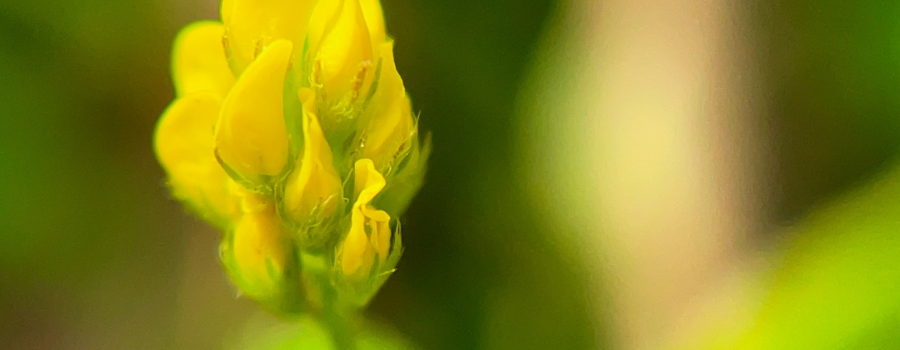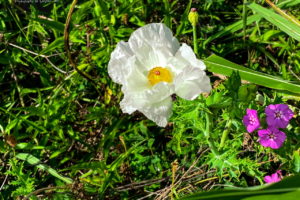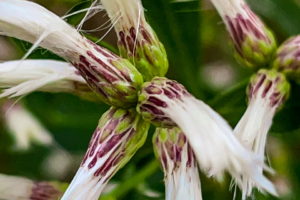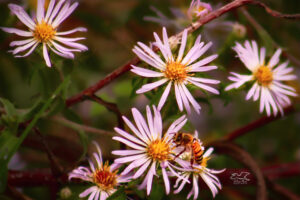Black Medick Has Beautiful Flowers and is Incredibly Useful!

Back in February I wrote about finding the first two wildflowers of early spring at work outside our dog play yard. It wasn’t long after that before different wildflowers were coming up and blooming daily. From day to day the roadsides and the pastures in our area were changing color, and some early spring rains did nothing but help the situation. But because there were so many impressive flowers coming up, I never got to tell everyone a bit more about one of those first flowers, which just happens to be a favorite of mine. That flower/plant is black medick, also known as nonesuch, hop clover, or black clover.

Black medick is a pretty little yellow flower that is closely related to clover, sweet clover, and alfalfa. It originally was brought to the United States (and much of the rest of the world) from Europe as a feed for livestock, particularly sheep. Most cattle don’t seem to find it especially palatable, but it can be grown in poor soil, so it is still sometimes used in cattle fields. An added bonus to growing black medick in fields with poor soil is that medick has nodules on it’s roots that contain nitrogen fixing bacteria. Over time, these bacteria can help to improve the quality of the soil and allow better forage plants to grow. And by the way, black medick can do the same for your garden, so before you rush out and kill this “weed” keep that in mind.

There are actually several other reasons besides just soil improvement to keep black medick in your garden. Did you know that the leaves and seeds of this plant are quite edible? Many people use black medick leaves as a pot herb, boiling them up like they would collards or spinach. The leaves can also be stir fried or cooked in a frying pan. They can also be added to other dishes like soups, stews, pastas, and salads. Leaves can be dried and the dried leaves used to make tea. The seeds can be ground into flour or can be sprouted and eaten that way (similar to alfalfa sprouts). Being closely related to alfalfa, it’s not surprising to learn that black medick has some good nutritional value. The leaves are high in both protein and fiber as well as several important minerals and vitamins. Finally, it should be noted that bees seem to be especially fond of black medick flowers, and that honey made from them is especially sweet.

The beneficial uses of black medick aren’t limited to food and soil improvement, though. It also has quite a few medicinal uses. It’s high fiber content as well as a mild laxative effect, makes black medick very useful as a treatment for constipation. It also seems to have some mild antibacterial and antifungal properties. Teas and crushed leaves can be used to treat mild infections with either type of organism. Black medick also seems to be helpful in blood clotting and can be used to stop bleeding. It should be used cautiously, though, by people who are on blood thinners, as it may cause unwanted blood clots.

Now you can see why black medick is one of my favorite wildflowers or “weeds”. So the next time you see this plant with it’s pretty little yellow flowers growing in your garden or in your lawn, consider letting it grow until it’s big enough to harvest, and try some cooked greens or tea. Instead of looking on it as a weed, consider it a more natural way of improving your soil, and an attractor of pollinators; both things that will only benefit your garden!





Recent Comments